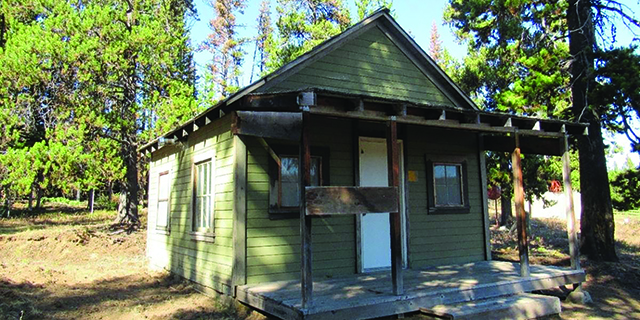Safety should be top concern for Halloween
Published 10:48 am Tuesday, October 16, 2018
With the exception of Christmas, no holiday excites children more than Halloween. They enjoy the fun of picking just the right costume, class celebrations and, of course, all that candy.
Unlike their parents, though, safety is the furthest thing from their minds Halloween night. For parents there is a fine line between fun and the need to keep their children safe.
Trending
Children can have a safe and fun Halloween, and their parents can relax by following a few safety tips that cover traffic, costume selection, healthy treats, pumpkin carving and more. The following “Ghoulishly Good Practices” are offered courtesy of the American Academy of Pediatrics and the National Safety Council.
• Trick or treater visibility is imperative. Costumes need to be bright and reflective and fit well to avoid tripping hazards. When buying costumes, look for the flame resistant label. Instead of masks, which can limit a child’s ability to see, consider makeup.
If using makeup, check the makeup on a small patch of skin to test for allergic reactions.
• Prior to heading out for trick or treating, parents should review safety procedures. Agree on a time when the evening will end and children will be home. Instruct children to stick to established routes, to never run out into the road, cut through alleys or across lawns or dart into the street between parked cars.
Children need to use sidewalks and crosswalks when possible. If there is no sidewalk, children need to walk as far from the edge of the road, facing traffic, as possible.
• Older children need to follow a route acceptable to parents, and younger children should always be accompanied by a responsible adult. Instruct children to stick to well-lit, familiar routes and to stay in groups. Review with everyone the procedure for dialing 9-1-1 in case there is an emergency; make sure someone in the group has a cell phone.
Trending
To increase awareness and safety, carry a flashlight. Instruct children to only trick or treat at homes with a porch light on, and to skip the ones that are dark. Children should never enter a stranger’s car or home to get a treat. Any suspicious or abnormal activity should be immediately reported to law enforcement.
• Pumpkins are a regular part of Halloween. Children should never carve pumpkins. They can draw faces on them, and then adults can do the carving. Open flame lighted pumpkins should be placed on a sturdy surface and never left unattended.
• Safety is necessary on the part of the homeowner, too. Obstacles that could pose a tripping hazard, such as hoses and yard decorations, should be removed prior to welcoming trick or treaters. Pets should be restrained or placed in another part of the house to avoid injury to children.
• Halloween is a time for extra caution by motorists. Drivers must watch for children walking on curbs, in medians and on road ways, and should use caution when entering or exiting driveways or alleys. Discourage new and inexperienced drivers from driving on Halloween.
• A healthy Halloween, or at least one that limits sugar intake, is possible. Giving children a nutritious meal before allowing them out to trick or treat will discourage youngsters from making a dinner out of Twix, Skittles and M&M’s.
A meal with lean protein and complex carbohydrates such as whole wheat pasta and vegetables will help to discourage overindulging in sweets. Though tampering is rare, parents should inspect their children’s “loot” and treats that are spoiled, unwrapped or in any way appear suspicious should be discarded.
Consider rationing children’s treats for the days and weeks after Halloween.
Ann Bloom is a nutrition program assistant for the OSU Extension Service in Wallowa County.









